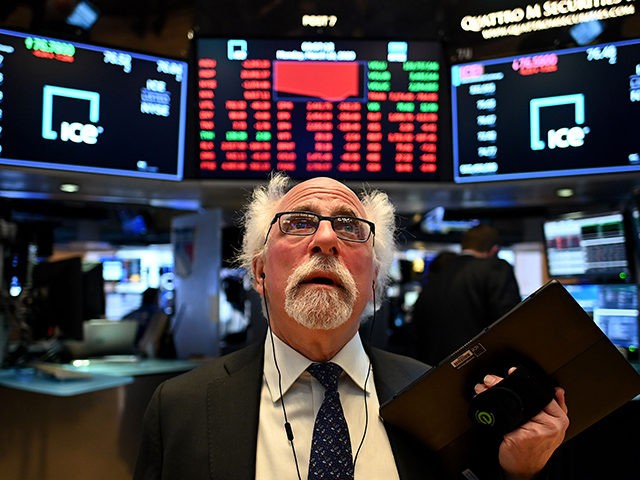The economic data out on Tuesday significantly raised the risk of a recession and moved forward the possible start of an economic slump. At the same time, nothing in the data indicated inflationary pressures were abating, creating a greater chance that the economy is headed for stagflation.
The odds of a recession increased earlier this year when it became clear that inflation was not transitory and was in fact accelerating in the early months of 2022. Higher than expected inflation means that the Fed will have to squeeze monetary policy tighter and more rapidly, making it more likely that the economy will contract. As the economics team at Fannie Mae put it, a contraction is “the most likely path to meet the Federal Reserve’s objective given the current rate of wage growth and inflation.”
The idea that a slump would have to wait until the second half of next year despite the economy contracting slightly in the first quarter of this year rested on three propositions. First, the labor market is incredibly strong by almost every metric available and likely to push wages up, which should support continued consumer spending in the near term. Second, the housing market has been delivering huge gains to household wealth, which supports spending, and new home building is itself an important source of economic activity. Third, the surge in oil and gasoline prices would level off and supply chain issues would lift, putting a cap on headline inflation and lifting real incomes.
The Commerce Department’s data on new home sales indicates a much sharper slowdown in housing than anticipated. Single-family home sales fell by a sharp 16.6 percent in April, to the lowest rate since April of 2020. At a seasonally adjusted annual rate of 591,000, sales are just 9,000 above the lockdown sales of 582,000. What’s more, the March figure was revised down to 709,000 from 763,000, indicating that the housing market was already weaker than expected. This downturn in sales is likely to get even deeper as the Fed keeps cranking up its interest rate target and bringing down its balance sheet.
From the perspective of the Federal Reserve, this is not necessarily a negative development. The market for new homes is only a fraction of the overall housing market, but it punches above its weight class in terms of the economy. Home building is labor intensive and materials intensive. New home purchases drive purchases of durable goods. Mortgage rates are heavily influenced by monetary policy, making housing one of the most direct channels for transforming the Fed’s goals into economic reality. The fact that the market for new homes is already slowing dramatically is a positive sign for the effectiveness of rate hiking.
It also indicates, however, that the economy may respond more quickly to the Fed’s hikes than anticipated. The classic line is that responses to changes in monetary policy have long and variable lags. Recent evidence, including the explosive recovery from the pandemic recession, suggests that those lags may have significantly contracted. As a result, the housing market may provide far less support to economic growth than expected over the coming months.
The Richmond Fed’s report on its monthly manufacturing survey confirmed the weakness seen last week in the reports from the New York Fed and the Philadelphia Fed. The headline index turned negative, indicating a contraction of economic activity in May. Most of the measures were in negative territory. The inflation measures, on the other hand, suggested a re-heating of price pressure after a brief respite in April. One Fed manufacturing survey indicating stagflation could be overlooked. Two deserve attention. Three are a cause for alarm.
This puts the Fed in a difficult situation. The economy could be slowing faster than prices. If slowdowns in the manufacturing sector and the housing sector accelerate as the Fed raises rates, we may not need to wait until the second half of next year to see the recession that many now expect. It could come as soon as the end of this year or early next year. And the odds are that inflation will still be very high by then. Stagflation is not yet inevitable. After today’s data, it is no longer unlikely.

COMMENTS
Please let us know if you're having issues with commenting.